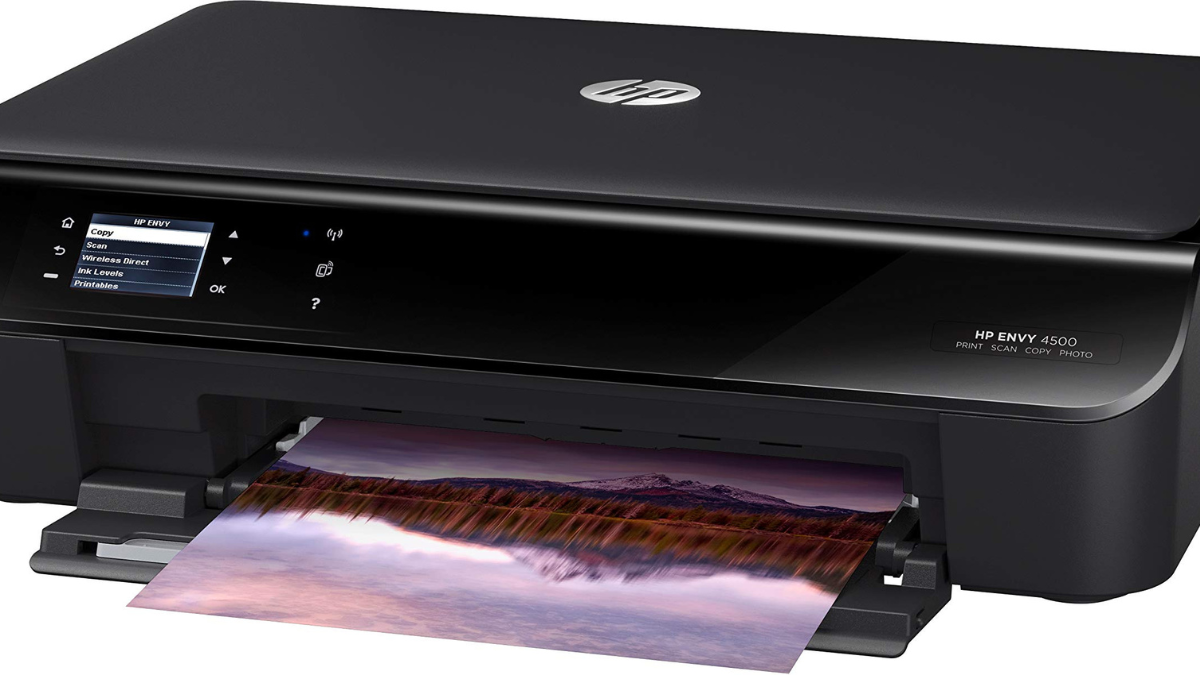Laser printers are renowned for their efficiency and high-quality output, making them indispensable in both home and office settings. To ensure your laser printer continues to perform at its best, regular maintenance is essential. This guide provides comprehensive steps to help you maintain your laser printer effectively.
Understanding the Basics of Laser Printer Operation
Before diving into maintenance practices, it’s beneficial to understand how laser printers function. Laser printers use a laser beam to produce an image on a drum, which is then transferred onto paper using toner—a fine powder. The precision of this process results in sharp text and images, but it also means that any dust, debris, or worn components can affect print quality.
Clean Your Printer Regularly
Regular cleaning prevents the buildup of dust and toner residue, which can lead to print defects and mechanical issues.
- Exterior Cleaning: Wipe down the printer’s exterior with a soft, lint-free cloth to remove dust.
- Interior Cleaning:
- Power Down: Turn off and unplug the printer, allowing it to cool for at least an hour before cleaning.
- Remove the Toner Cartridge: Place it on a clean, dry surface.
- Clean Internal Components: Use a dry, lint-free cloth or a specialized toner cloth to gently wipe away dust and toner particles from internal surfaces. 123ink.ie
- Avoid Using Vacuum Cleaners: The static they produce can damage sensitive components.
- Corona Wires: These wires transfer the image onto the drum. Gently clean them using a cotton swab or the printer’s built-in cleaning function, as per the manufacturer’s instructions. midcomservicegroup.com
Check and Replace Toner Cartridges
Monitoring toner levels ensures consistent print quality.
- Low Toner Indicators: Faded or streaky prints often signal low toner.
- Replacing Cartridges:
- Use Genuine Cartridges: Opt for cartridges recommended by the printer manufacturer to ensure compatibility and quality.
- Handle with Care: Avoid touching the bottom of the cartridge to prevent contamination.
- Proper Disposal: Recycle used cartridges according to local regulations or participate in manufacturer take-back programs.
Maintain the Printer’s Paper Tray
Proper paper handling prevents jams and extends the printer’s lifespan.
- Use Quality Paper: High-quality, laser-compatible paper reduces the risk of jams and ensures better print results. techspirited.com
- Avoid Overfilling: Overloading the tray can cause feeding issues.
- Store Paper Properly: Keep paper in a cool, dry place to prevent moisture absorption, which can lead to jams and poor print quality.
Update Printer Drivers and Software
Keeping software up-to-date ensures compatibility and access to the latest features.
- Regular Checks: Periodically visit the manufacturer’s website to download and install the latest drivers and firmware updates. blog.inktonerstore.com
- Automatic Updates: Enable automatic updates if available, ensuring your printer always has the latest enhancements.
Run Regular Diagnostic Tests
Diagnostic tools help identify and address potential issues before they escalate.
- Built-in Diagnostics: Many printers come with self-diagnostic functions accessible via the control panel or software.
- Print Test Pages: Regularly print test pages to assess print quality and detect issues like streaks or color inconsistencies.
- Professional Servicing: Schedule annual maintenance with a certified technician for thorough inspection and cleaning.
Optimize Printer Settings for Efficiency
Adjusting settings can enhance performance and reduce operational costs.
- Print Density Settings: Adjusting the print density can help manage toner usage and improve print quality. midcomservicegroup.com
- Power-Saving Modes: Enable sleep or eco modes to reduce energy consumption during inactivity.
Store Your Printer Properly
Proper storage conditions can prevent damage and prolong the printer’s lifespan.
- Environment: Place the printer in a cool, dry area away from direct sunlight and heat sources.
- Dust Protection: Use a dust cover when the printer is not in use to prevent debris accumulation.
- Avoid Clutter: Ensure adequate space around the printer for ventilation and easy access during maintenance.
Troubleshooting Common Laser Printer Problems
Even with diligent maintenance, issues can arise. Here’s how to address some common problems:
- Paper Jams:
- Clear Obstructions: Gently remove jammed paper, following the manufacturer’s guidelines to avoid damage.
- Inspect Rollers: Worn rollers can cause jams; clean or replace them as needed.
- Poor Print Quality:
- Check Toner Levels: Low toner can lead to faded prints.
- Clean the Printer: Dust and debris can affect output quality; regular cleaning helps maintain clarity.
- Error Messages:
- Consult the Manual: Refer to the user manual for specific error codes and recommended solutions.
- Restart the Printer: Power cycling can resolve temporary glitches.
Conclusion
Regular maintenance of your laser printer is crucial for ensuring optimal performance and longevity. By adhering to the practices outlined above—such as regular cleaning, timely replacement of consumables, software updates, and proper storage—you can enjoy consistent, high-quality prints and reduce the likelihood of unexpected issues. Remember, a well-maintained printer not only delivers better results but also contributes to a more efficient and hassle-free workflow.
